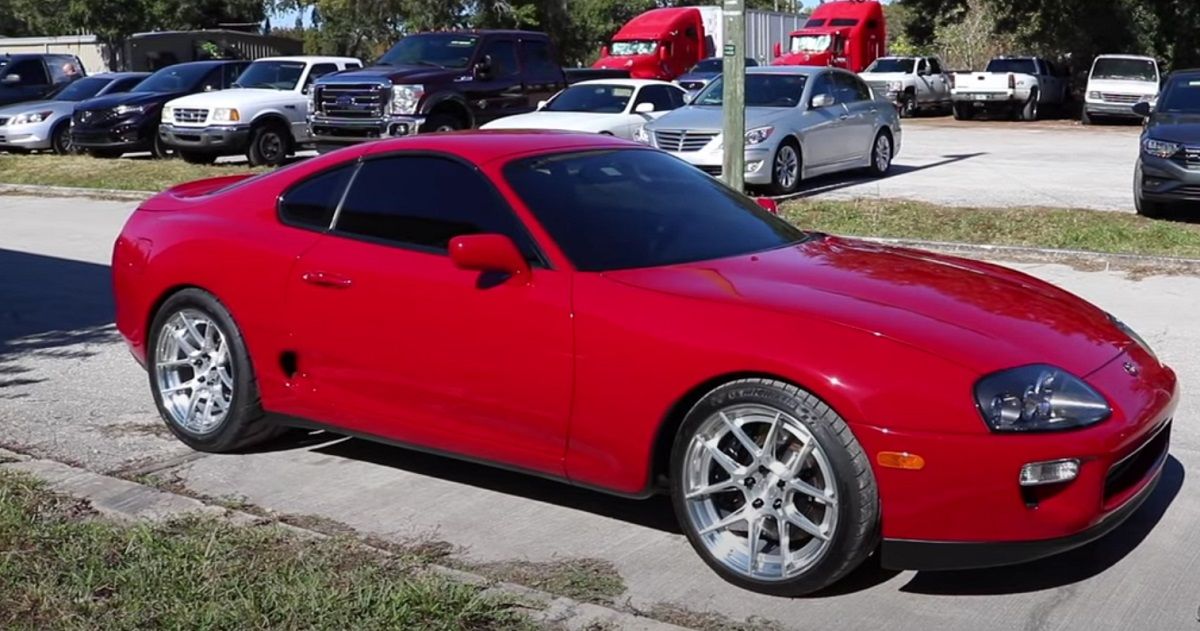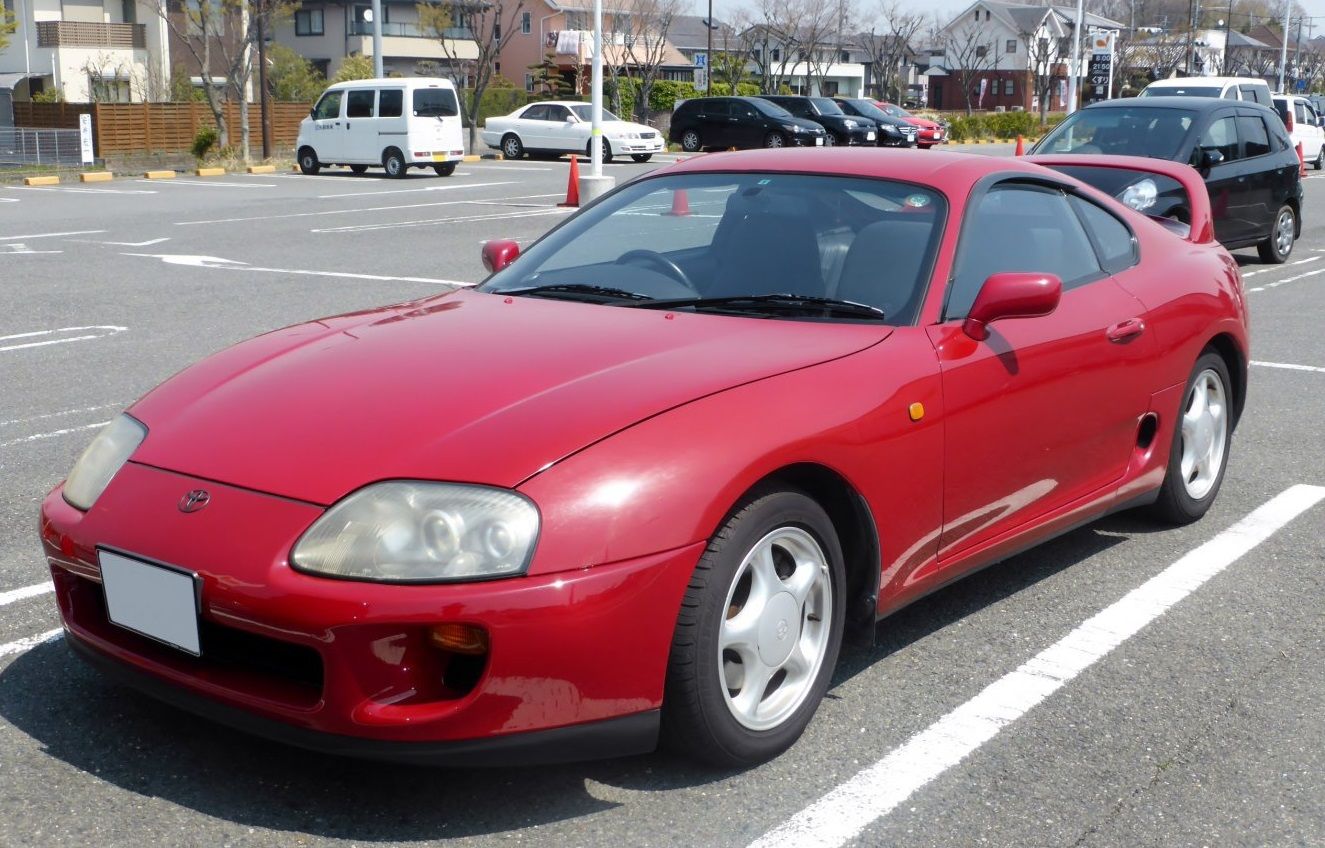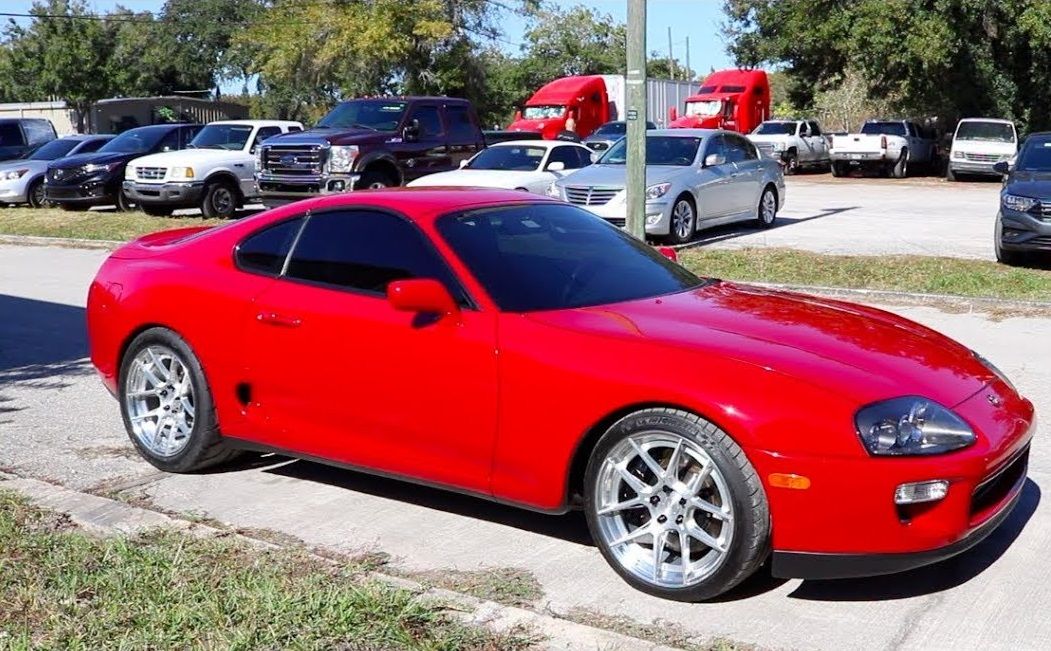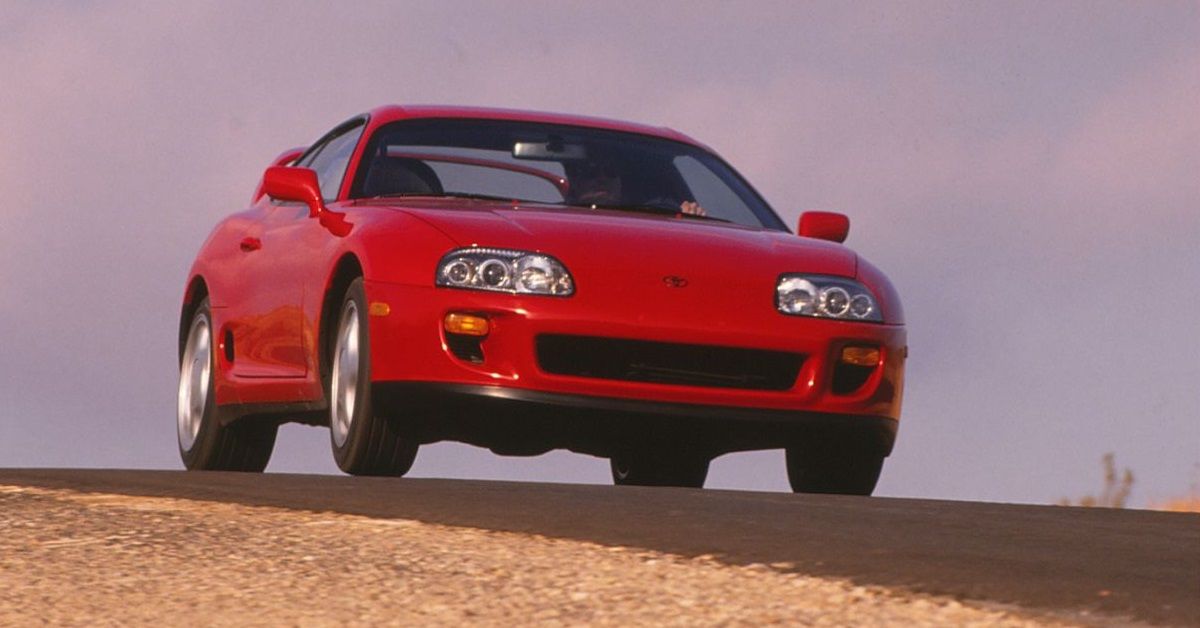The popularity of the Toyota Supra went to a new height among car enthusiasts, sport car lovers, gearheads, and racers with the introduction of the Mark IV Supra in 1993. The car, which was one of the cars that took center stage in the first Fast & Furious movie, was set apart because of its sleek and rigid design and its almost limitless and powerful new engine.
Its engine was very different from that of the Mark IV Supra's predecessors and is considered a trump card among tuners and racers even today.
So, without further ado, let's take a closer look at the MK4 Toyota Supra.
Overview
The Mk4 Toyota Supra, which is also known as the A80, was a fourth-generation Supra. Before the A80, Supra received much respect since it was introduced in 1978 as the Celica XX. The export version, the Toyota Celica Supra, left the Toyota Tahara plant in 1979.
The Supra became independent of the Celica in 1986 when third generations of the Supra came out, and Supra continued on their course to make cars that can proudly wear the badge of a sports car both in style and performance.
Official mass production of the Mark IV Toyota Supra started in 1993, and it became an instant hit. The new A80 (which looked similar to its cousins: the Lexus SC and the Toyota Soarer) was considered a ''muscle car'' in America due to its stoutness. Toyota built the A80 with hyper-performance in mind, and nothing emphasizes than better than the two new engines that the Mark IV Toyota Supra possessed.
Engine, Transmission, And Performance
The two new engines the A80 featured were the naturally aspirated Toyota 2JZ-GE and a twin-turbocharged Toyota 2JZ-GTE, which is still highly treasured today. The 2JZ-GTE is based upon a 3.0-liter, inline-six, cast-iron short-block engine with an aluminum head and was potent enough to get all the sports cars of the time on their toes, especially if a tuner had had a look in.
The engine had serious power and was almost limitless, and this gave it massive popularity among gearheads and tuners. Due to the speed and serious performance being given a top priority, many measures were taken to get more out of the engine, and one of them was a deliberate reduction of the overall weight of the car.
The Targa top, hood, front cross member, forged upper suspension A-arms, oil, and transmission pans were made out of aluminum. Other components where Toyota used lighter materials include the; gas tank and lid, which were made of plastic, hollow carpet made of fibers, magnesium-alloy for the steering wheel, dished-out head bolts, gas injected rear spoiler, and a single exhaust pipe.
Although the A80 got more features than its predecessors, like; traction control, an additional airbag, and it also had larger brakes, tires, and wheels, an extra turbocharger, and also because the engine of the A80 has more weight than that of its predecessors, yet it was around 198 lbs lighter than the A70.
The regular model with a manual transmission weighed 3,210 Ibs. However, the automatic transmission and the Targa top would add 95 Ibs to the weight. The A80 has a 51: 49 (front-rear) weight distribution ratio. The turbo model, however, weighs over 200 lbs more than the base model. The Mark IV Toyota Supra turbo model got a new six-speed Toyota V160 gearbox, while the regular model was equipped with a five-speed manual W58 transmission.
For the Japanese model, the naturally aspirated Toyota 2JZ-GE engine, which is the engine found on the base model of the A80 from 1993 until it was discontinued with the Supra in 2002 and was also found in the Toyota Aristo.
The engine has a power output of 164kW (220 HP; 223 PS) at 5,800 rpm and 210 Ib-ft of torque, while the twin-turbocharged Toyota 3.0-liter 2JZ-GTE has a power output of 206 kW (276 HP; 280 PS) and 318 Ib-ft of torque during the export version boast of more power.
The 2JZ-GTE is a more common sibling for the export version than the 2JZ-GE, only available in 1993 to '98 Supras and on Lexus like the IS300, GS300, and SC300. They got a bigger fuel injector and a more powerful turbocharger. This upgrade increased the power output to 321 HP at 5,600 rpm and 315 Ib-ft of torque.
The turbocharged variant has a 0 – 60 mph time of 4.6 seconds, and according to Car and Driver magazine, its top speed is 160 mph, but there is a limit of 112 mph on the Japanese variant and 155 mph on the export variant.
The 2JZ, due to its design, is stable as Toyota employed a solid deck that eliminates cylinder shifting that's very common in open-deck designs and coupled with the even weight distribution, this made the engine a tuners delight and made it possible to be tuned up to generate monstrous power and also made it feasible for the engine to handle horsepower running into four digits without bursting or cracking.
Sales of the sport coupé were already on the decline in North America by the late '90s. This led to the gradual deterioration and the eventual withdrawal of the Supra from the Canadian market in 1996 and the US market in 1998.
Current Price Of Mark IV Supra
The value of the Mk4 Supra has gone over the bar since it was introduced in 1993 due to the car being highly valued among sports racers, car enthusiasts, gearheads, and collectors. The base price of the Supra when it was introduced was $34,000, and the turbo variant goes for $39,000, but according to Garage Dreams, it doesn't go for anything less than $70,000 as of 2019.
On Bringatrailer.com, two MK 4 Supra were recently sold for $121,000 and $170,000, respectively. An Mk4 Supra can be acquired for less than $30,000, though, but its condition needs to be terrible for it to go for that sort of price. On Hagerty.com, the average price of a Mark IV Supra is a few bucks shy away from $100,000.




